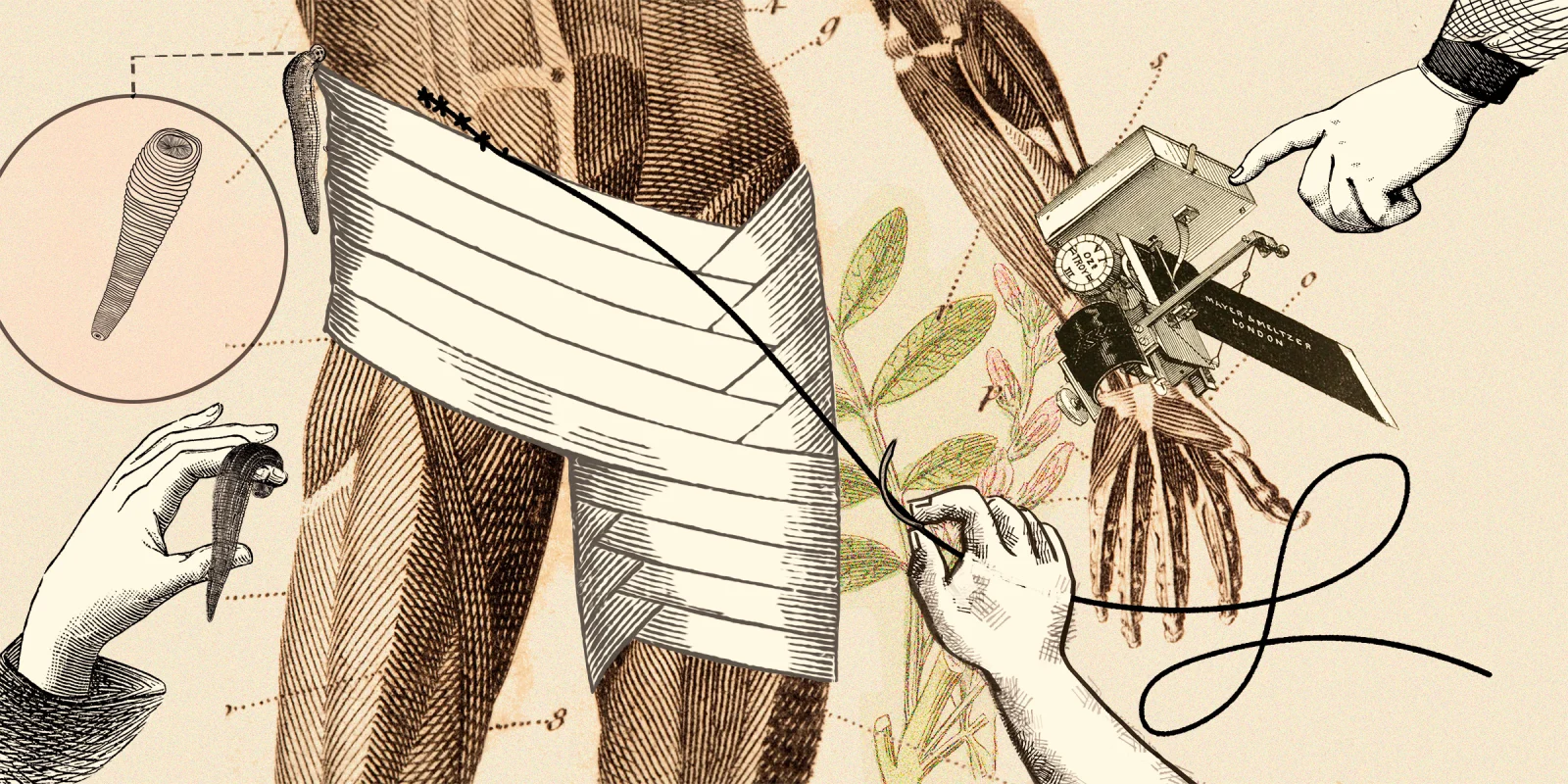My department recently had a grand rounds about cutting-edge use of liquid biopsy in the identification, prognosis, and treatment of head and neck cancer. It was truly an amazing example of what the future of medicine looks like and how we have synthesized all the knowledge our field has accumulated over the years to provide our patients with more precise and effective care. So much of medicine is forward-thinking, always striving for new breakthroughs, new discoveries, new techniques. This is the information that draws crowds to conferences, grabs headlines in the news, and wins prestigious scientific prizes. That focus seems to come with a subtle disdain for the past, with older approaches seen as antiquated and, at times, ignorant. It becomes easy to forget that the innovators of today stand on the shoulders of giants, and that understanding the history of medicine is incredibly valuable when looking toward its future.
Thinking of the history of medicine inspires images of Dickensian pauper hospitals where people lay dying en masse in their rickety beds; of beak-faced plague doctors using tinctures and potions to try to quell diseases ripping through entire cities; of the desiccated bodies of mummies being ground to a powder and used to as a panacea to treat blood clots, pain, cough, poor wound healing, etc. (This last practice decimated the number of mummies in the world due to its incredibly high demand.) Medical museums are full of the rare and bizarre, designed to shock and awe. But this glosses over the incredible number of medical innovations that have worked, though the practitioners may not have known why.
While doctors of the past are caricatured as barber surgeons, bleeding patients for whatever ailed them, many of the techniques of the past continue to have modern value. The Egyptians knew 3,000 years ago that honey and silver would keep wounds from festering — now manifested as honey wound salve and silver impregnated dressings. I’ve cited a hieroglyphic text when discussing the treatment of jaw fractures and used leeches several times to decrease venous congestion in transplanted tissue (though these leeches are ordered from the pharmacy rather than fished out of a nearby lake). A recent podcast I listened to featured the growing movement for hospital-level care in the home, as with the home hospital program headed by Dr. David Levin from Brigham and Women’s. Their data has shown decreased costs, decreased resource utilization, and equivalent outcomes for patients treated at home rather than in a traditional hospital setting. This approach beautifully marries the wealth of technology at our fingertips with knowledge of the benefits of the so-called antiquated home visits of the past. Even when looking at the magic of modern reconstructive techniques, whispers of the past can be found. Woodcuts from the 16th century detail the elaborate approach to tissue transfer for nasal defects elucidated by Dr. Gaspare Tagliacozzi. Though syphilis and duels claim fewer noses today, his techniques hold up. Sir Harold Gillies, the father of modern facial plastic surgery, honed his skills and pioneered surgeries still used today more than 100 years ago, long before the advent of microscopic surgery and virtual surgical planning.
I find all these stories amazing. Our medical forebears did so much with limited resources and background knowledge, and their contributions cannot be undervalued. While we have come a long way, we are not so far removed from the past as one might think. There are times when we still use ancient techniques on a daily basis, and the state of medicine today is entirely reliant on its past. Lessons can be good — Pasture’s germ theory and Lister’s surgical antiseptic — and bad — body snatching for anatomy lessons and complete disregard for the rights of patients, particularly those from minority and vulnerable populations, in the name of discovery. All of this can be used to be better and do better by our patients. What’s old is new with each generation of practitioners, and sometimes the flashiest newfangled thing is not de facto the best. So always consider where your approach to the practice of medicine comes from and look to the past as well as the future.
What imprint has the history of medicine had on the way you have practiced? Share your thoughts in the comment section.
Heather is a chief otolaryngology – head and neck surgery resident at the University of Kansas Medical Center. Her clinical interests include patient communication, medical education, and facial plastic and reconstructive surgery. Heather was a 2021-2022 Doximity Op-Med Fellow, and is a 2022-2023 Doximity Op-Med Fellow.
Collage illustration by Jennifer Bogartz







